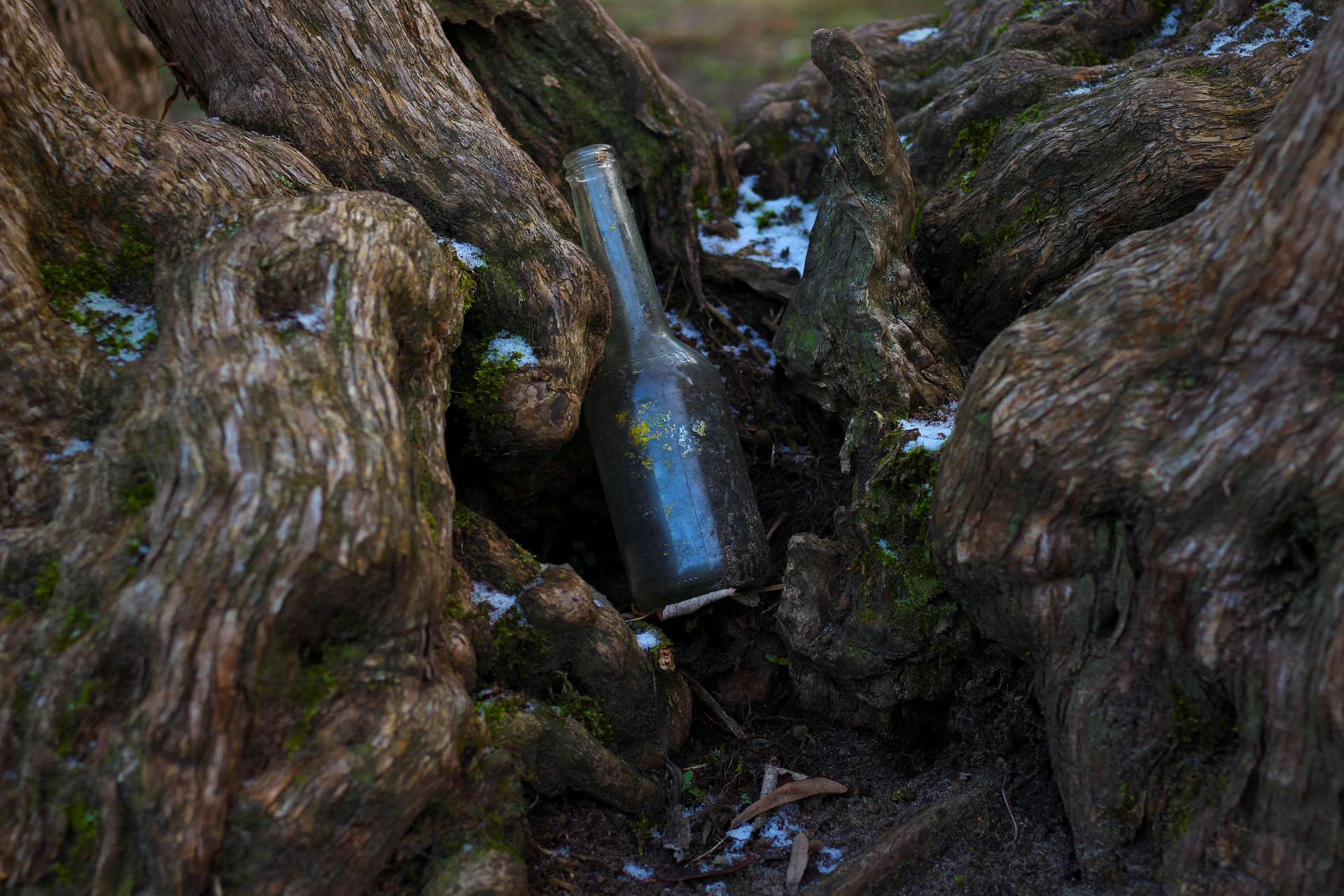 Evolution & Behaviour
Evolution & Behaviour
A message in a bottle dating 250 million years ago
The origins of plant groups of the past and present are shrouded by the incompleteness of the fossil record. In a recent study, we described unusual plant-fossil assemblages from the Dead Sea coast of Jordan that reveal the tropics of past Permian times as a cradle for several major seed-plant linages.

The phenomenon of plant groups originating in the tropics was observed by botanist George Ledyard Stebbins in 1973. He hypothesized that ecosystems in equatorial regions serve as "evolutionary cradles" that spawn new lineages at higher rates compared to ecosystems at higher latitudes. Especially those demanding tropical environments that drive evolutionary change on land, however, are often unlikely to preserve fossils. In palaeobotany, for example, what is preserved in a particular plant-fossil assemblage is but a fraction of the original vegetation in the area. What's usually missing is what grew further away in the hinterlands, on drier and better-drained sites.
In Permian times, about a quarter-billion years ago, all major landmasses were fused into a single supercontinent Pangea, surrounded by the vast Panthalassic Ocean and enclosing the island-dotted Tethys Ocean in the East. The major sectors in the North, South, Central West, and East of Pangea each harbored typical vegetation types with characteristic plants more or less endemic to this particular realm.
However, here comes the "But": Mixed Permian plant-fossil assemblages from the equatorial region of Pangea contain typical plants from different floral realms occurring side by side. One such melting pot occurred in what is today the dry and rocky Dead Sea coast in the Kingdom of Jordan - at that time a tropical coastal lowland at about 15° south. Imagine a varied riverscape, with streams meandering towards the Tethys Ocean, flanked by ponds and lakes, little mires here and there, and lush, green vegetation. Around the standing water bodies, giant horsetails, tree ferns, and early ginkgo-like plants would be growing together with taeniopterids - plants with large leaves almost like banana trees; and lining the rivers would be gallery forests growing rich with cycads, bennettites - lookalike cycads with flower-like reproductive structures -, seed ferns, and modern-looking conifers. With tropical monsoonal climate, during the rainy season, you would get soaking wet without an umbrella.
So, what's the big news? After all, aren't plant fossils just imprints in the rocks?
In the case of the Jordanian fossil deposits, the plant remains are unusually well preserved - some are basically mummified. Precise identification of the fossils based on a detailed examination of their cellular features revealed that this melting pot contained several "Methuselah taxa": unexpectedly old occurrences of several plant groups otherwise typical for younger geological periods.
Among these are the bifurcate leaves of Dicroidium - fern-like fronds with the shape of a victory sign. These plants would rise to prominence in the Triassic and linger around till the Early Jurassic. Bennettitales would start to become important during the Late Triassic, but had already a sophisticated style of reproduction, so similar to modern-day flowering-plants that some authors have placed this group in their direct ancestry. The most surprising fossil finds, however, are the twigs and needles of podocarps, a family of conifers that is still around today. You actually may have one growing in your garden (modern-day yew plum pine).
The Methuselah taxa from the Dead Sea coast mark the oldest records for these groups and push back their age ranges right across the Permian-Triassic boundary, the most severe mass extinction in Earth's history. Some consider this "Great Dying" to have wiped out up to 85% of marine organisms. All three plant groups shrugged off whatever was the cause. Bennettites and podocarps further survived the devastating asteroid impact at the Cretaceous-Paleogene boundary 65 million years ago. Compared to animals, plants are remarkably resilient, and it seems that we need to target tropical environments of the past more closely to unravel Earth's green past and the early origins of plant lineages.
Coming back full circle: The unusual fossil deposits allowed all three Methuselah groups to leave us a message in a bottle that drifted a little over 250 million years through geologic time. But hey, better late than never!
Original Article:
P. Blomenkemper, H. Kerp, A. Abu Hamad, W. A. DiMichele, B. Bomfleur, A hidden cradle of plant evolution in Permian tropical lowlands. Science 362, 1414-1416 (2018)Edited by:
Massimo Caine , Founder and Director
We thought you might like
More from Evolution & Behaviour
Feisty fish and birds with attitude: Why does evolution not lead to identical individuals?
Aug 31, 2024 in Evolution & Behaviour | 3 min read by Lukas Eigentler , Klaus Reinhold , David KikuchiRudimentary form of syntax present in chimpanzees
Nov 29, 2023 in Evolution & Behaviour | 3 min read by Maël LerouxAn incredibly massive ancient whale skeleton reveals a new way to become a giant
Nov 27, 2023 in Evolution & Behaviour | 4 min read by Olivier LambertVikings and Migrants: Unravelling Scandinavia's Genetic Mosaic in the Viking Era
Nov 13, 2023 in Evolution & Behaviour | 3 min read by Anders Götherström , Ricardo Rodríguez VarelaEditor's picks
Trending now
Popular topics


